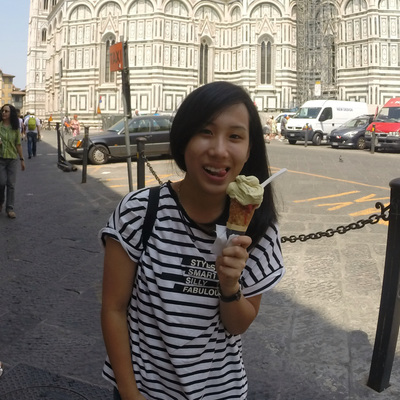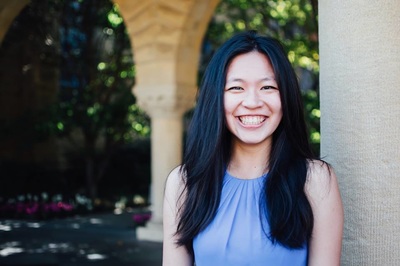[ Purpose ]
|
Rapid industrialization in China in the past 30 years has prompted the modernization of many of Beijing's traditional hutong neighborhoods.
Our team focused on examining the energy impacts and transportation efficiency of these areas to conduct needfinding and create a persuasive narrative for these hutongs to the new Beijing. Since our project will culminate in an exhibit at Intel Cinnovate's Dashilar Cultural Center on the Beijing side, we decided to focus on the street this Cultural Center resides on: Tieshu Byway, as seen on the right. |
[ our design process ]
initial fieldwork
|
Our work began this summer during the two-week Beijing Studio. To gain a more comprehensive understanding of Tieshu Byway and our specific problem space, we conducted interviews with residents along the street.
|
Interviews
With adequate domain-specific knowledge, we tweaked our interview approach and survey questions during autumn quarter. On November 19th and 20th, we conducted a total of 30 interviews.
results
|
For our interviewees, the mean electricity bill per month is 251 RMB, with the highest being 600 RMB and lowest 100 RMB . Most people we talked to also expressed a lack of concern for electricity usage and savings in their household, although there were some who were interested.
Self-reported major modes of transportation included 40% by foot, 40% bikes, 27% public transportation, and 13% private cars. (It is possible for a person to participate in more than one method of transport.) Tieshu Byway reports an environmentally friendlier proportion than the 21%, 32%, 21%, 20% for the entirety of Beijing (source). |
We also created an infographic describing the width of a variety of streets and modes of transport within the hutong based on our survey and observation data. This is a summary of our findings.
problem space
From our results above and other qualitative observations, we identified three main sources of concern for the residents and travelers on Tieshu Byway and created prototypes to address these concerns.
- Education: familiarize audience with the current situation, more US-specific than otherwise
- Traffic Congestion: improve traffic flow by alerting drivers of the current congestion status before they enter the hutong
- Energy Awareness: encourage conversation on energy savings by informing residents of appliance energy expenditure
[ The Exhibit ]
APP: Welcome to Tieshu BywayWe created an app to educate the US audience on the current cultural and social situation in Tieshu Byway, Dashilar, Beijing. Welcome to Tieshu Byway walks through the history, geography, energy usage, and transportation habits of the area in an user-interactive manner.
Interact with our iPad app HERE! |
Traffic Jam LightTo prevent already congested streets from becoming worse, we prototyped a device that would send out a beam of light at night whenever a particular portion of the street became congested. The beam would indicate to incoming cars that the street is currently difficult to navigate and the driver should consider an alternate route.
|
Energy stickers + BILLWe visually improved the standard electricity bill, which are generally difficult to understand.
The first key point of the design is the sticker at the top right corner. It is cut into a “U” shape, which helps users consolidate bills from multiple months together. The second key point is the content of the bill. Residents can compare the recent electricity cost and the cost in former years through the bill, so that they can understand their energy use through time. Additionally, residents’ electric bills are compared with their neighbors, so people can see whether or not they more or less than the average, which makes users more conscientious about energy use. |
Lastly, we created energy stickers attached to the bill. Residents can paste them on appliances so they have a more concrete understanding of electricity cost per appliance.
|
The hutong neighborhoods of Beijing are an important cultural symbol of the city. Not only do we aim to inform both the residents within these communities, within the city, and abroad, the team also examined energy expenditure and the transportation system within Tieshu Byway. Given our findings, we prototyped components for our exhibit to tackle the various problem spheres we discovered during our needfinding interview process.
We are excited to have had the opportunity to examine one specific area of Beijing in such detail and get to know some of the residents along this street. We hope you have learned something new about this historic portion of the city of Beijing!
We are excited to have had the opportunity to examine one specific area of Beijing in such detail and get to know some of the residents along this street. We hope you have learned something new about this historic portion of the city of Beijing!





























